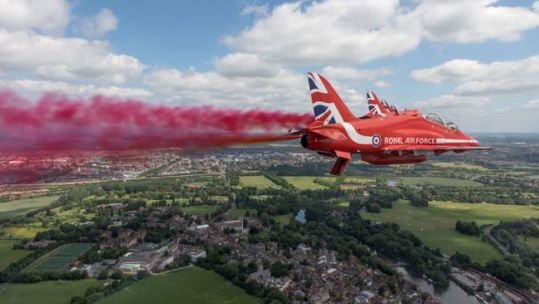
Red Arrows Fly Over Windsor Castle For Queen's Official Birthday
It is the first time the Red Arrows have performed over Windsor since the Diamond Jubilee in 2012.

It is the first time the Red Arrows have performed over Windsor since the Diamond Jubilee in 2012.
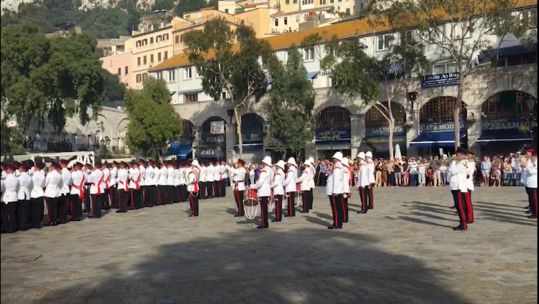
Servicemen and women performed at Casemates Square in Gibraltar for the Queen's annual birthday parade.
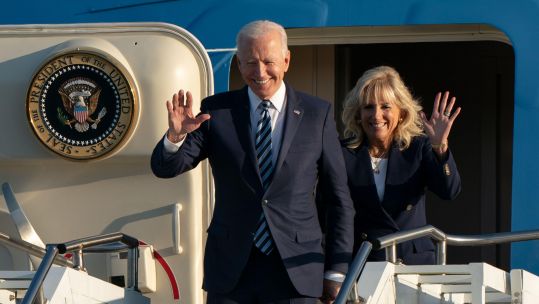
A Guard of Honour formed of The Queen's Company First Battalion Grenadier Guards will give a Royal Salute.
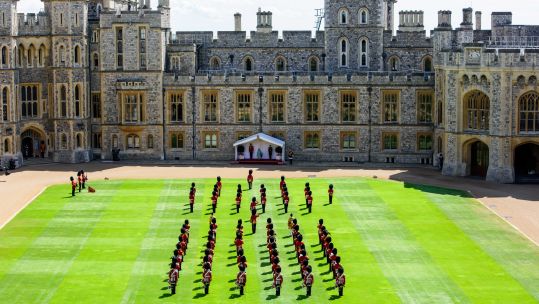
The celebration at Windsor is instead of Trooping the Colour, which usually celebrates the monarch's official birthday.
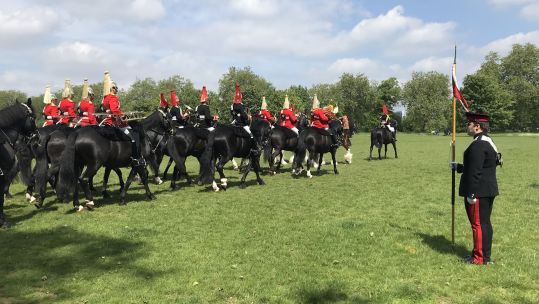
More than 100 horses and personnel left Hyde Park Barracks to be inspected by the General Officer Commanding of the Household Division.
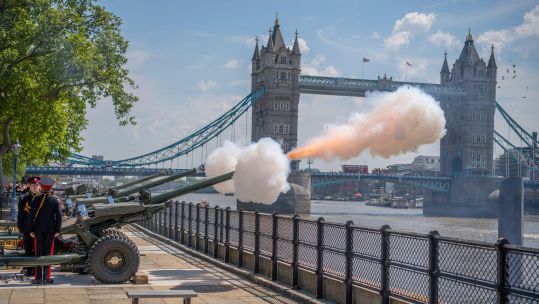
British military personnel fired gun salutes to mark the 68th anniversary of the Queen's coronation.
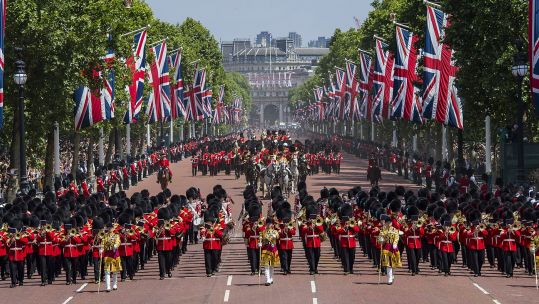
The Queen's Platinum Jubilee celebrations will begin with Trooping the Colour, with the parade closing with a traditional RAF fly-past.
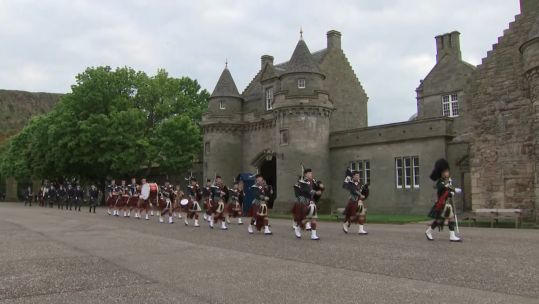
The military ceremony in Edinburgh, which has origins in early warfare, finished the royal couple's week of engagements in Scotland.

The Royal Navy aircraft carrier will soon leave Portsmouth and head on her maiden operational deployment.
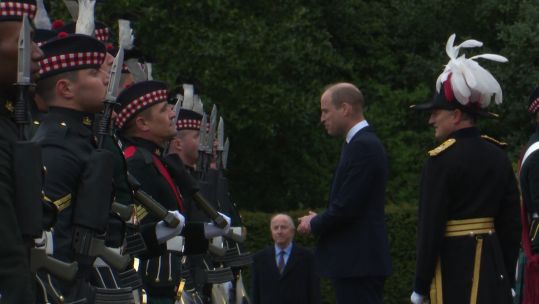
Soldiers from 5 SCOTS were on parade in Edinburgh for the Ceremony of the Keys.
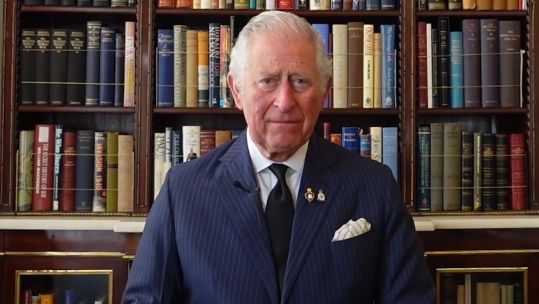
The Prince of Wales paid tribute to the charity on its centenary.
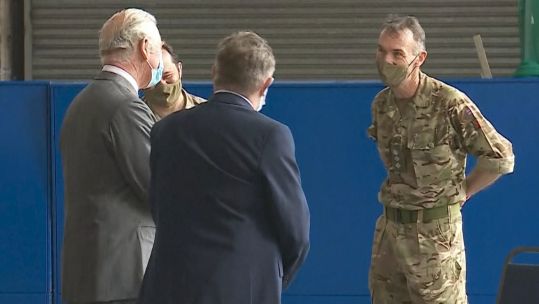
The Prince of Wales spoke to personnel involved in the mass COVID-19 testing programme in Merthyr Tydfil.
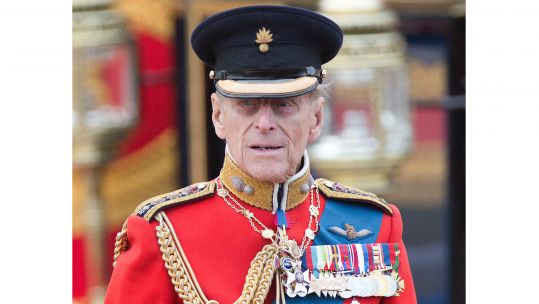
The black and white images show the Duke of Edinburgh, who died last month aged 99, at different stages of his life.
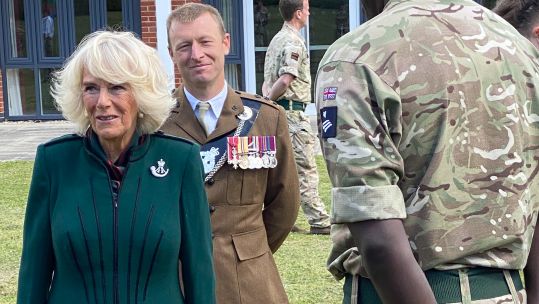
The Duchess of Cornwall took over as Colonel-in-Chief of the RIFLES from the Duke of Edinburgh in July 2020.
A 579-mile route through England traces the steps of an escaping King Charles II …
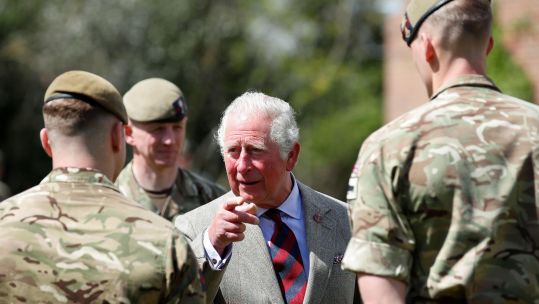
The Prince of Wales, who has been Colonel of the regiment since 1975, met personnel at Combermere Barracks in Windsor.